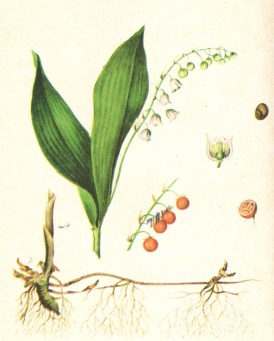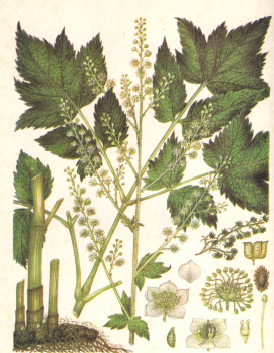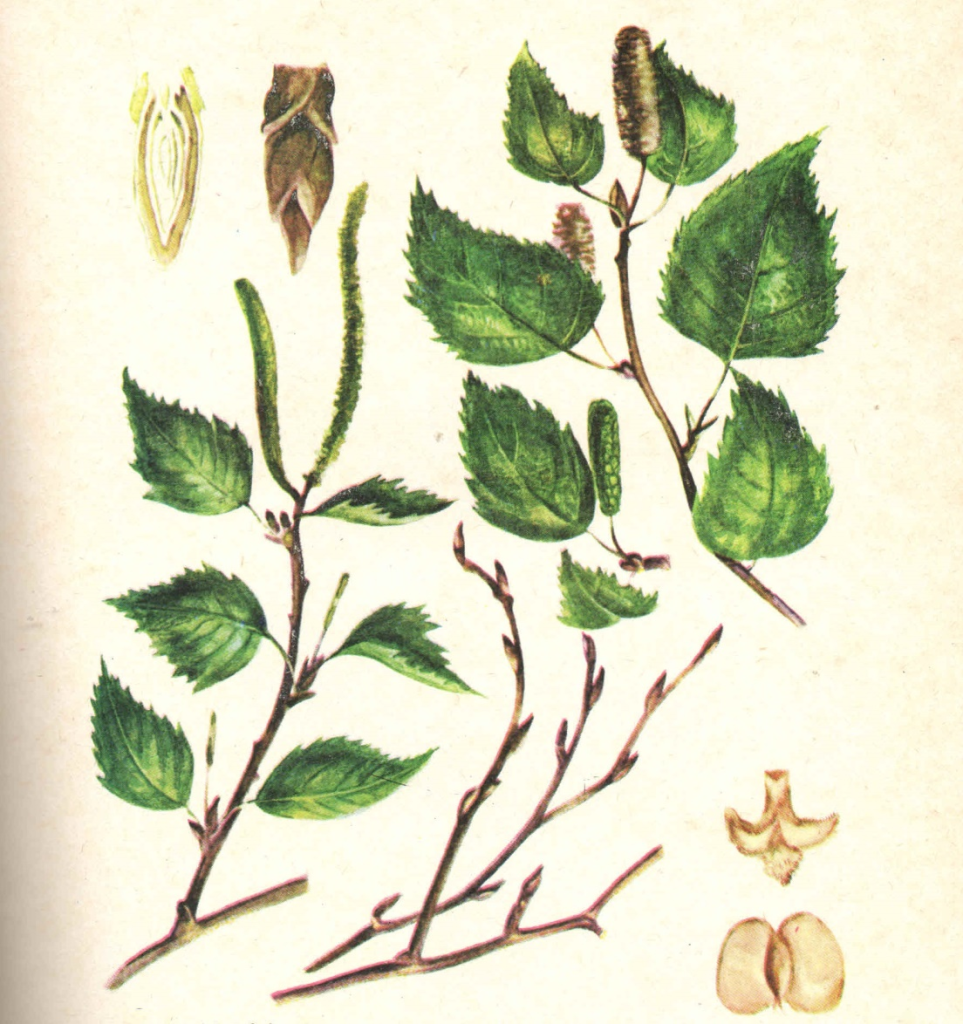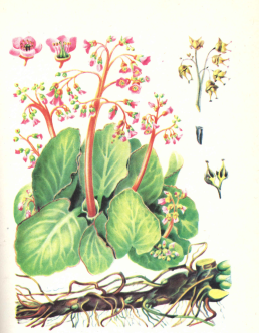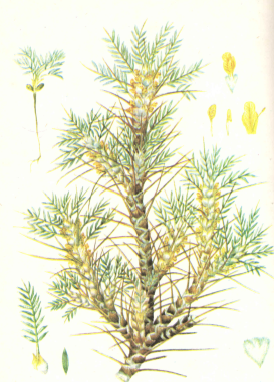FAMILY FUMARIACEAE
The flowers are irregular with a spur and two stamens; they do not contain milky sap. The genera Corydalis and Fumaria are being studied for potential medical applications.
HOHLATKA — CORYDALIS
Perennial, low-growing herbaceous plants, often with tuberous roots. The leaves are doubly or triply divided. The structure of the flower is distinctive: the calyx is irregular with four petals; the upper petal extends into a long spur, the lower one expands into a lower lip, and there are only two stamens, each divided into three parts. The flowers are grouped into terminal racemes or heads, usually yellow or pink. The fruit is an elongated, pod-shaped capsule.
Corydalis species are numerous and distributed throughout the Union. All contain alkaloids.
Research has focused on species such as Corydalis ledebouriana Kar. et Kir., which grows in the Tian Shan mountains, and Corydalis severtzovii Rgi., found in Kazakhstan, among others. All have been found to contain protopine and other alkaloids typical of the poppy family, but the primary focus has been on the alkaloid sanguinarine. This compound was first isolated from the North American plant Sanguinaria canadensis L., also in the poppy family. Sanguinarine exhibits strong bactericidal properties and has shown activity in treating skin diseases, ulcers, purulent wounds, sinusitis, and purulent otitis media. Corydalis severtzovii tubers contain 1.8% total alkaloids and only 0.16% sanguinarine. However, the tubers are very small (1.5–4 cm in diameter), and the plant populations are limited. As such, these species cannot be considered a stable base for the industrial production of sanguinarine, leading to studies of other poppy family plants that might be cultivated.
It is also worth mentioning Corydalis sibirica (L.F.) Pers., an annual or biennial herbaceous plant found along roadsides, abandoned old roads, clearings, and burned areas in Eastern Siberia, mainly around Lake Baikal.
The flowers, like most Corydalis, are yellow or pale yellow. The fruit is an oblong capsule hanging horizontally. The seeds are black, shiny, and up to 1.5 mm in diameter. It blooms in May–June.
The aerial part of Corydalis sibirica contains up to 1.17% alkaloids, with maximum content during the budding, flowering, and fruiting stages. A total of 21 alkaloids have been identified. In addition to alkaloids, the plant contains tannins, carotenoids, coumarins, and phytoncides.

